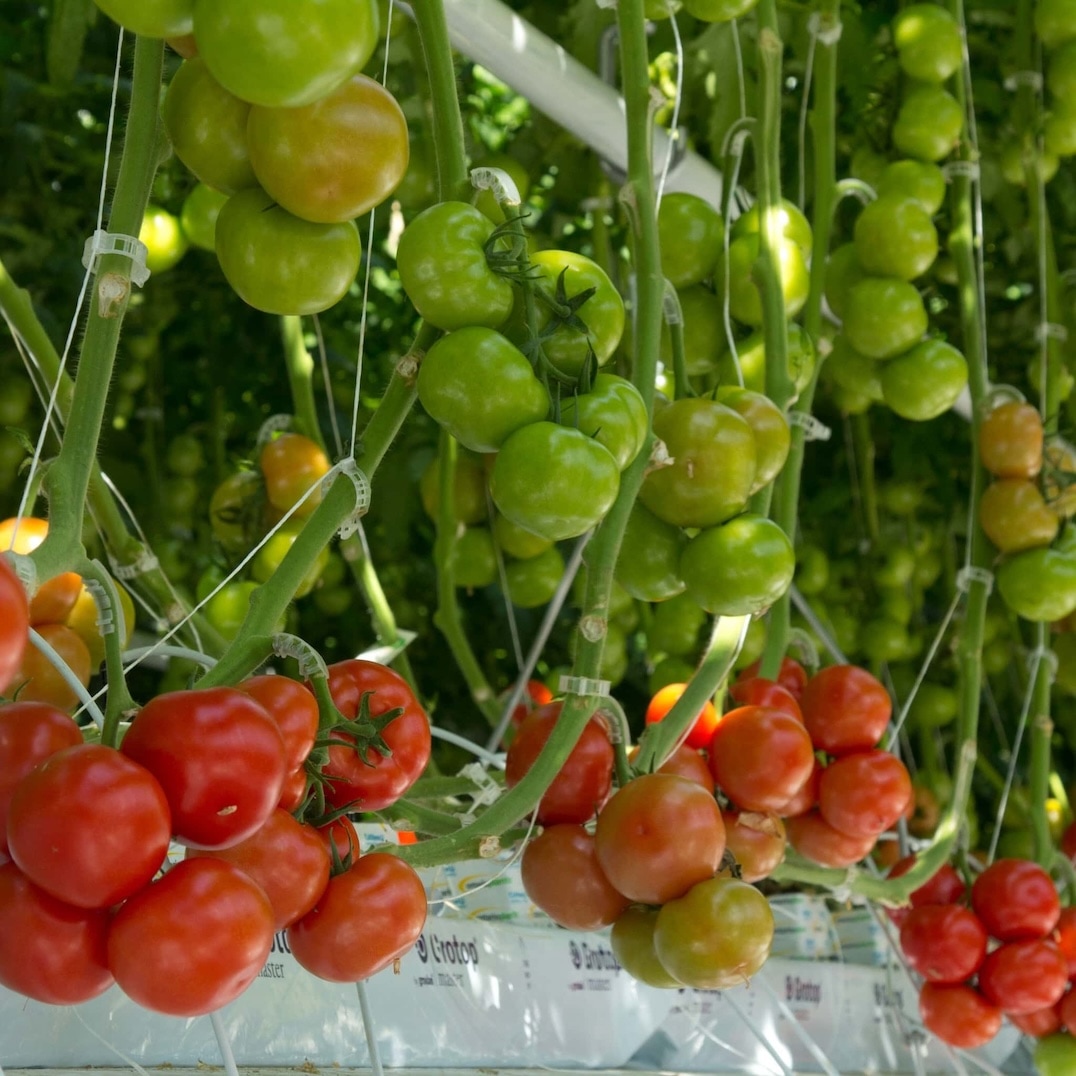The journey of greenhouse grown tomatoes from seedling to table is a streamlined, sustainable, and nutrient-preserving process designed to bring peak flavor and freshness to consumers year-round. Unlike traditional field-grown tomatoes, which are often picked early and endure long, refrigerated transport, greenhouse tomatoes are nurtured in controlled environments where every variable—light, temperature, humidity, water, and nutrients—is optimized for consistency, cleanliness, and quality. This precision growing method reduces environmental impact while ensuring that each tomato delivers its full nutritional and sensory potential from the moment it’s harvested to the second it reaches your plate.
It all starts with selecting the right variety—often cherry, grape, beefsteak, or specialty heirloom tomatoes—chosen not just for yield, but for flavor, texture, and shelf life. Greenhouse operations often cultivate seeds in sterile trays with a nutrient-rich medium such as coconut coir or rockwool. These seedlings are then transplanted into hydroponic or substrate systems, where root zones are carefully monitored and fed exact nutrient formulas tailored to the tomato’s stage of development.
Benefits of Greenhouse Grown
Inside the greenhouse, tomatoes benefit from precision environmental controls. Supplemental LED lighting mimics the sun’s ideal spectrum, while temperature and CO₂ levels are adjusted in real-time for maximum photosynthesis. Ventilation, humidity, and pollination (often performed by bumblebees) are all fine-tuned to prevent disease, encourage uniform ripening, and support natural fruit development. Because of this, greenhouse tomatoes are often allowed to ripen fully on the vine, unlike field-grown tomatoes that are picked green and ripened artificially with ethylene gas during shipment.
This vine-ripened harvesting process is one of the key differences in greenhouse grown tomatoes. When tomatoes are picked at their peak ripeness, they retain more flavor and more nutrients—especially lycopene, the antioxidant known for its role in heart and prostate health. Studies have shown that tomatoes allowed to ripen on the plant have higher concentrations of lycopene, vitamin C, and beta-carotene than those picked early and ripened off the vine (USDA).
Why Choose Greenhouse Produce?
Once harvested, tomatoes are quickly moved to their next journey at on-site packing facilities, often located just steps away from the greenhouse. Here, the tomatoes are sorted, inspected, and packaged without the need for waxing or chemical preservatives. The close proximity to retail destinations means tomatoes can reach stores within 24 to 72 hours of being picked, dramatically reducing storage time and transport emissions.
Because greenhouse tomatoes are typically grown in pesticide-minimized or chemical-free environments, they’re often safer for raw consumption, including with the skin—where many of the antioxidants are concentrated. Advanced growing systems, such as Integrated Pest Management (IPM) and biological controls, use beneficial insects and environmental deterrents to naturally manage pest populations, avoiding the need for synthetic chemical sprays that degrade product quality.
As greenhouse tomatoes make their way into the market, whether through grocery stores, CSAs, or food service partners, consumers benefit from a product that is traceable, and reliable. Many greenhouse operations now include QR codes or smart labeling, allowing shoppers to trace the tomato’s origin, harvest date, and growing practices. This transparency builds consumer trust and strengthens the greenhouse-to-table relationship.
From there, these tomatoes are sliced into salads, blended into sauces, layered on sandwiches, or roasted into savory dishes—all with the knowledge that they were grown sustainably, harvested at their prime, and delivered without compromise. The rich red hue and flavor of a greenhouse grown tomato isn’t just a culinary pleasure—it’s the result of technology, stewardship, and a commitment to quality throughout the entire journey.
What makes the greenhouse-to-table journey even more impressive is its sustainability. Greenhouse systems use significantly less water than field agriculture, thanks to recirculating hydroponic systems and moisture sensors. Many facilities now operate with renewable energy, like solar or geothermal, and require far less land than traditional tomato farms. Waste is also minimized—blemished tomatoes may be repurposed into sauces or donated, while organic waste is composted or fed into bioenergy systems.
In the end, greenhouse grown tomatoes don’t just reach your table—they arrive with their story intact. A story of clean production, environmental responsibility, nutritional density, and culinary excellence. It’s a modern food journey that reflects the future of sustainable agriculture: efficient, transparent, and always in season.




